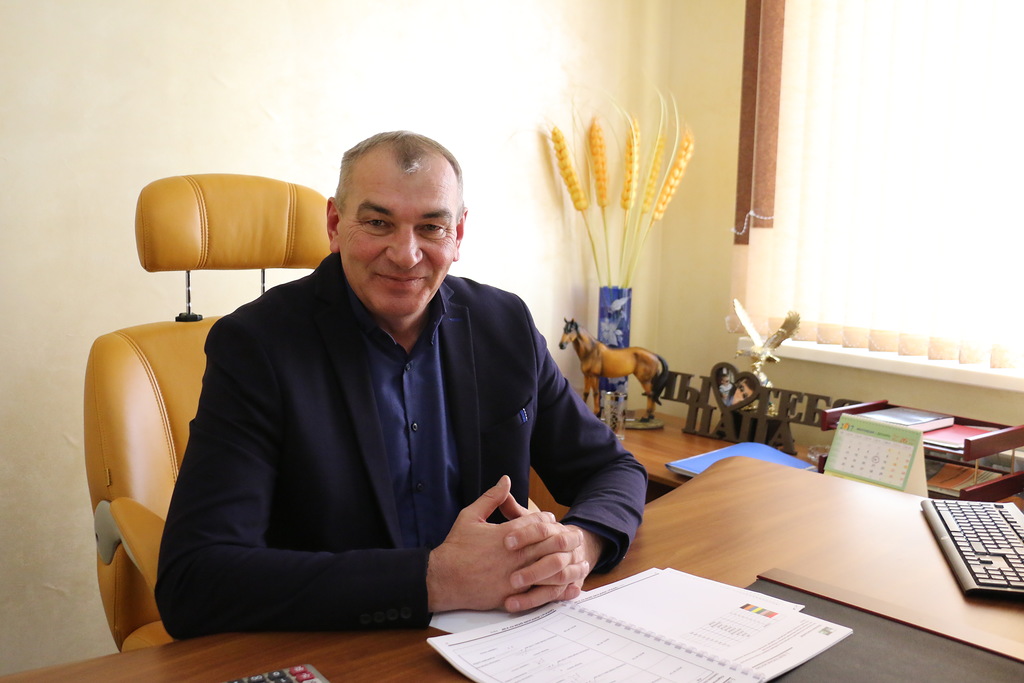One Day of the Granary Engineer’s Life
Golden’ Reserve of Kazakhstan: Where Grain fr om Our Fields Is Preserved
This year they harvested over 22 mln. ton of grain in Kazakhstan. The NUR.KZ reporters spent one day with the Chief Engineer of one of the Kazakhstani granaries in order to find out where the ‘golden’ reserve fr om our fields goes and how it is preserved.
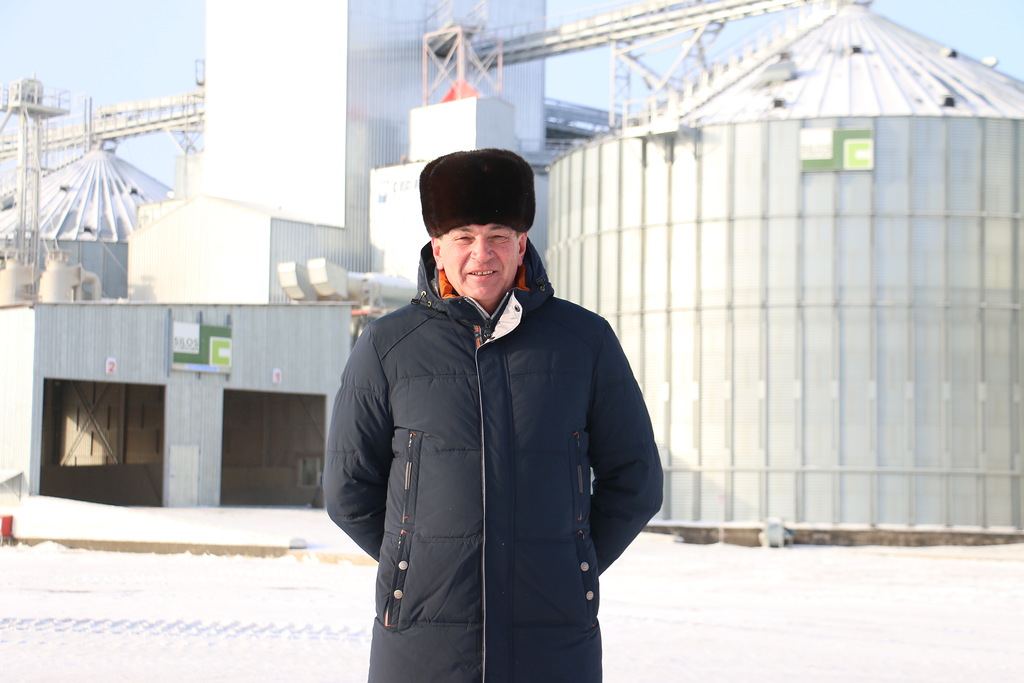
We have chosen to visit the granary, which ‘supplies' Astana city, and to be more specific it is one of the components of the food belt around the capital, we made our way to Marinovka village.
'Do you hear this noise? We are just placing the grain for the winter keeping. This silo is full, the grain was filled in September: the inside temperature remained the same - 8-10 degree.
In the sunny frosty day, we turn on the fans and exhaust the heat from the tank with grain in order to make the temperature equal to the outside one. If you do not do this, the condensate will appear inside and the grain will become damp’, the Chief Engineer of ‘Irchenko Elevator’ Sergey Krivosheyev says.
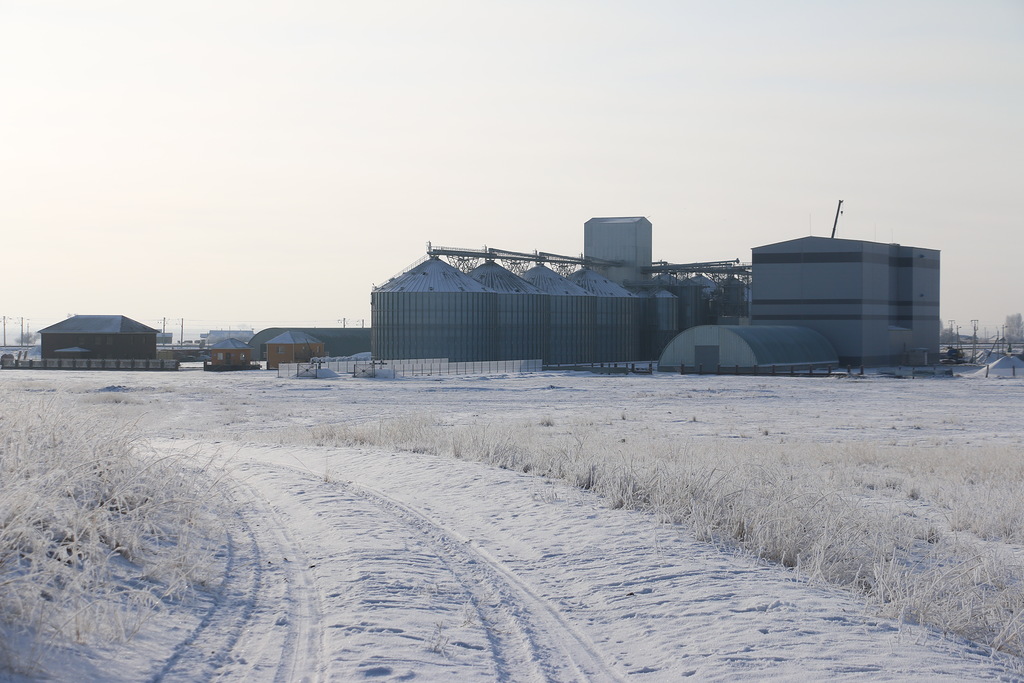
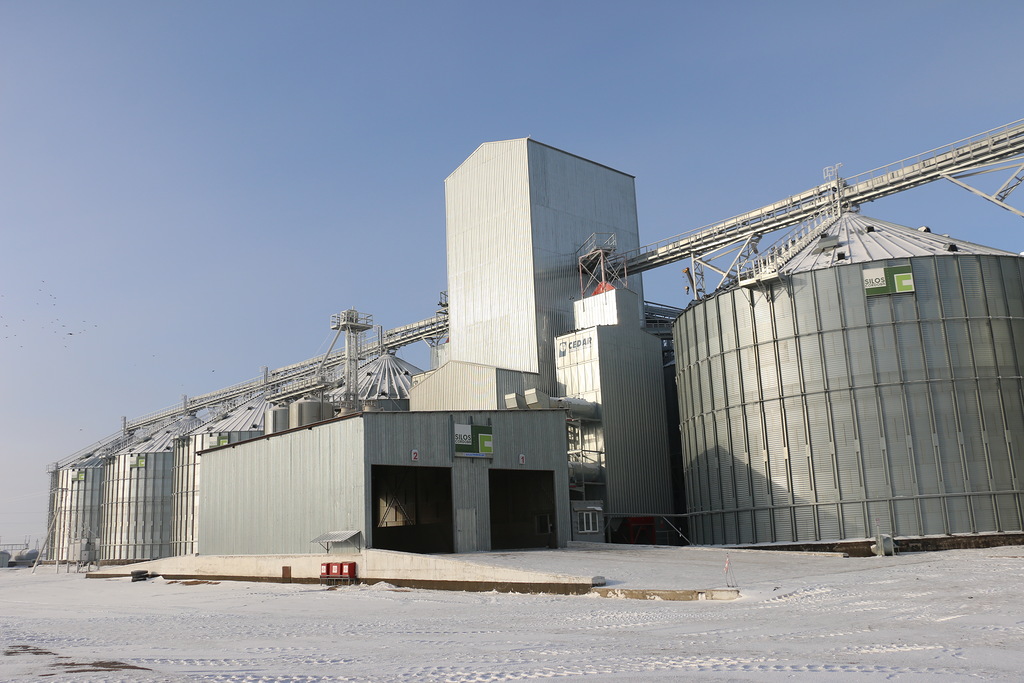
In the sunny frosty day, we turn on the fans and exhaust the heat from the tank with grain in order to make the temperature equal to the outside one. If you do not do this, the condensate will appear inside and the grain will become damp’, the Chief Engineer of ‘Irchenko Elevator’ Sergey Krivosheyev says.
To care the grain is his main duty. The Chief Engineer shall preserve the grain reserve entrusted to him in ideal condition.
Reception, quality assessment, drying, clearing, storage, shipment at the granary – each process is under his control and he organizes the work process of the entire enterprise.
‘I start my working day from the briefing with the engineers, operators, and site supervisors. In the morning, I’m planning the whole working day: what shift what tasks perform. We have 53 workers. During the harvesting, and this is September-October-November, we are on duty almost the day round – on three-shift basis in order the grain not to be kept in the fields or somewhere in the dirty bases and in order to be harvested before the rains. If the wagons and trucks with grain are coming day and night, it means that we should work the same way. I supervise all the processes every inch’, Sergey says.
PROBE FOR QUALITY
The first place, wh ere the grain comes upon reception in the granary, is a laboratory. The truck with the valuable load is stopped at the building, wh ere it is observed through the online cameras, and the automated probe like a big heron takes the handful of grain for analysis.
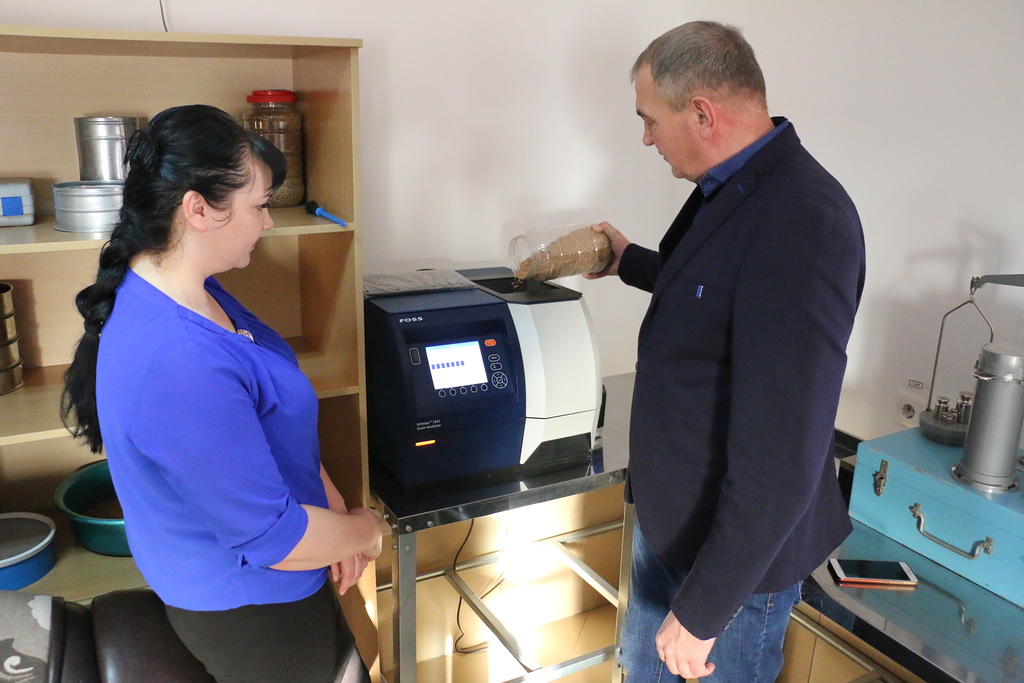
The Chief Engineer comes here some times a day to be sure that the work is going right way. The head of the laboratory fills some grain in the special device.
'It displays protein, humidity, starch and gluten. Thus, we determine the grain quality. We also find out whether the grain is dry or damp, whether it needs to be cleared from the dirt and admixtures or not.
Then the truck takes its way to the weighing house. Our weighing house is electric: information on the truck, its model and weight is transferred to the computer, thus the net weight of grain is calculated’, Sergey says.
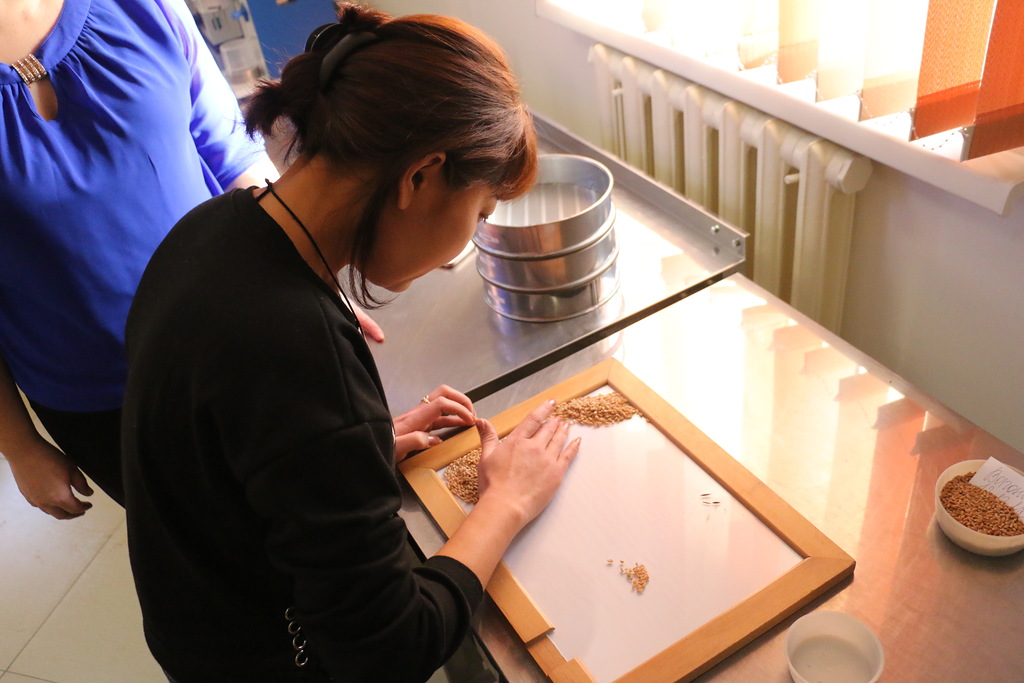
LAMPS TO BE LIGHTED
One of the especially supervised worker at the elevator is an operator distributing the grain.
'The operator's job is one of the most important. The truck is unloaded into one of two dump pits. Each of them intakes up to 100 ton per hour. The laboratory sends a signal to the operator what he has to do with the grain’, the Chief Engineer says.
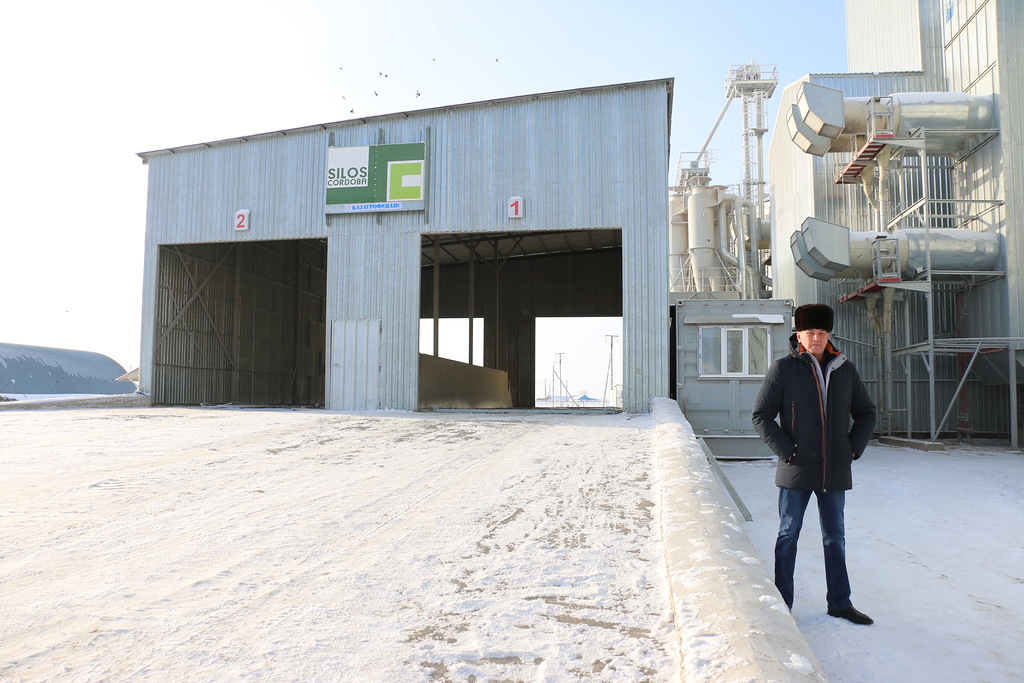
Sergey derives the data on the grain arrived from the computer and goes to the operator to verify whether he sent the valuable product correctly: for drying, clearing or right for storage into the silo or not.
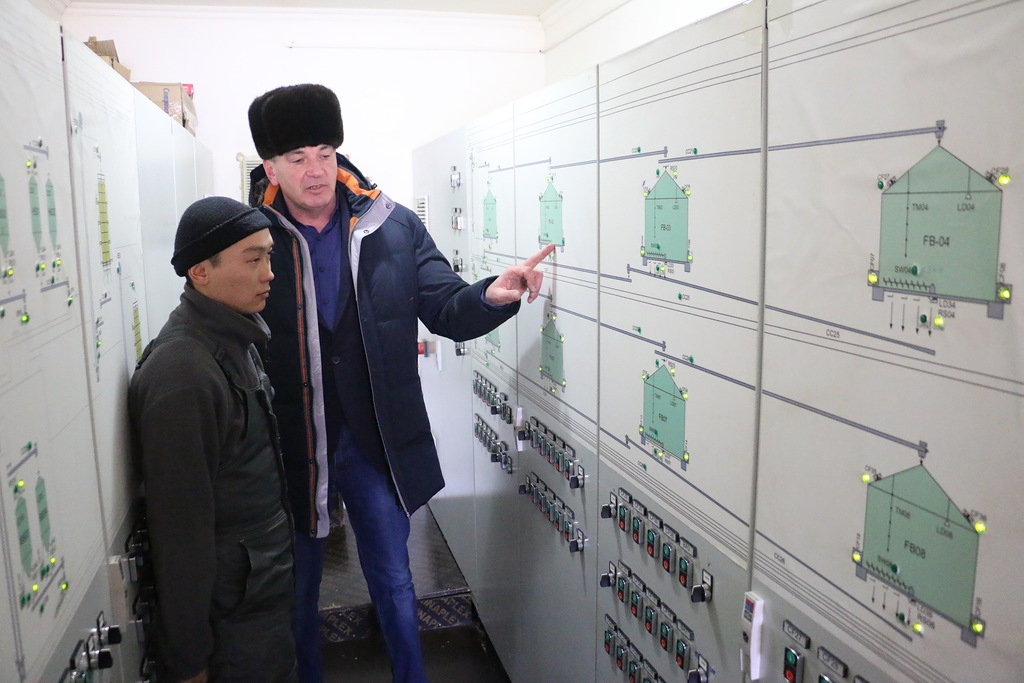
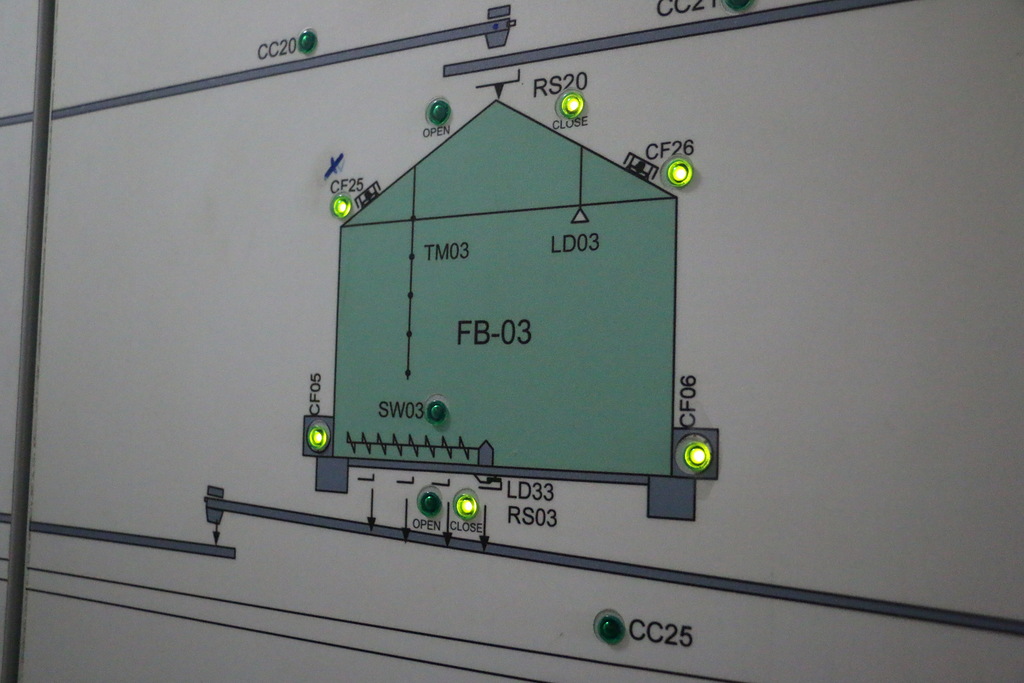
‘We have a license for reception of wheat, barley and oil crops. Here the lamps are on: we can see what valve is open, what conveyor is operating. All movements of grain may be monitored from the computer. If something is wrong here…»
‘This is a disaster’, we finish saying for the engineer. If the grain of different class is mixed by accident, then no Cinderella could help. That is why control and one more time control.
ITALY, SPAIN AND ARGENTINA FOR KAZAKHSTAN
The equipment at ‘Irchenko Elevator’ is considered to be one of the best ones in Kazakhstan.
‘In 2014 KazAgroFinance JSC financed the purchase of the equipment made in Italy, Spain and Argentina – it is very expensive. We purchased 8 silos: it is possible to simultaneously keep up to 40 000 ton of grain in them.
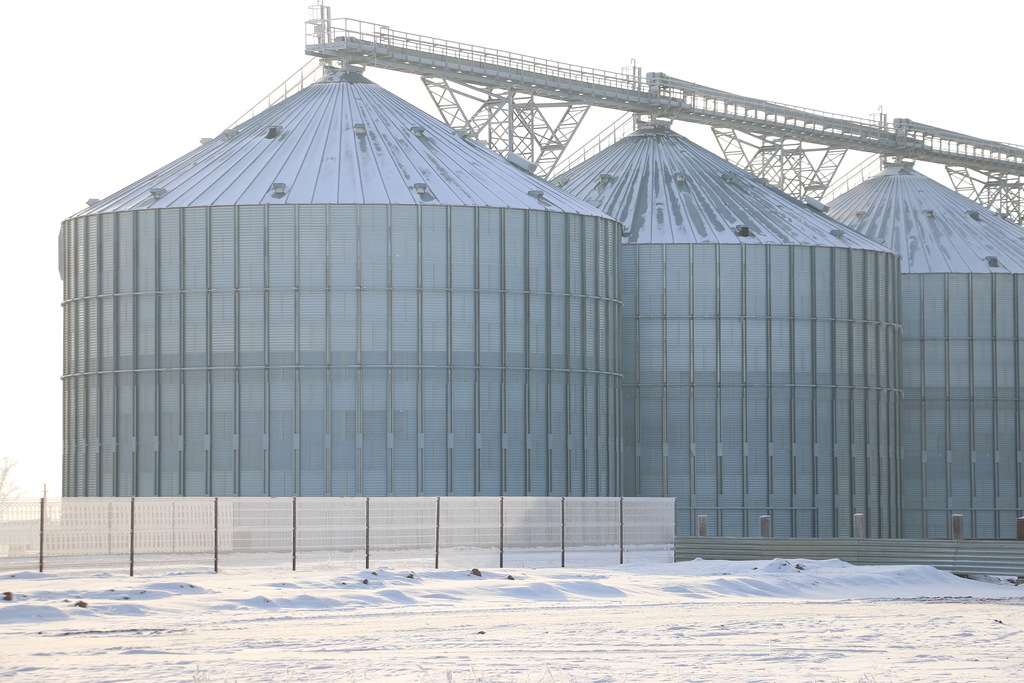
We have the Argentinian dryer also. It operates on gas: we deviated from diesel. The dryer capacity is from 30 to 40 ton per hour. We have two dryers.
They are fully automated: we just press the gas-supplying button. They have three levels of protection from leakage’, Sergey says enthusiastically.
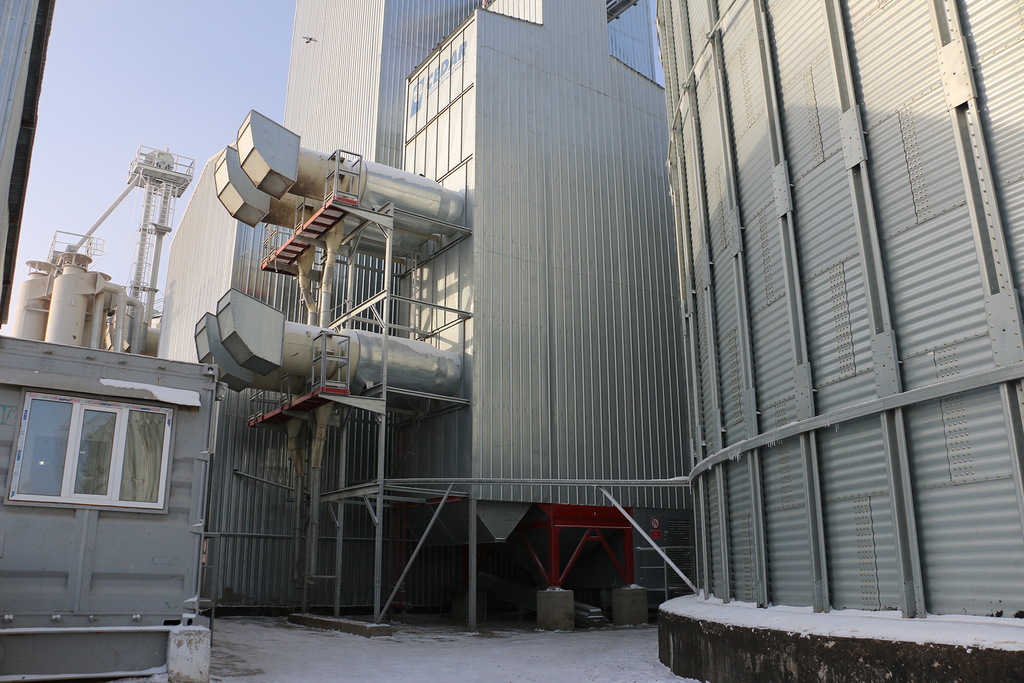
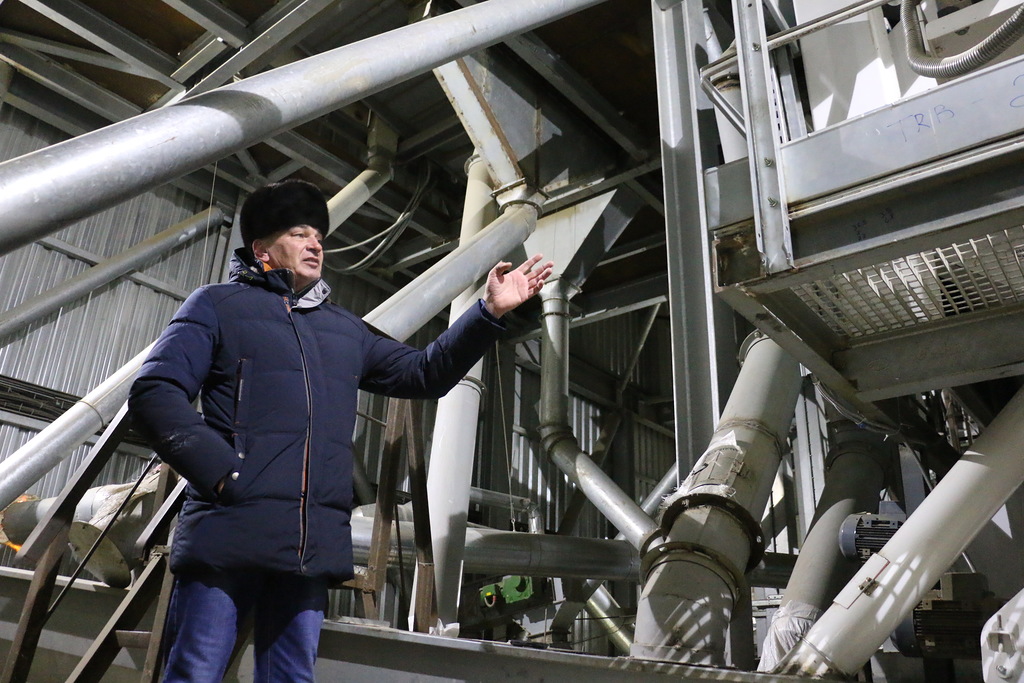
The elevator receives the grain for the third season by now and runs without breaks: the equipment, according to the engineer, is durable.
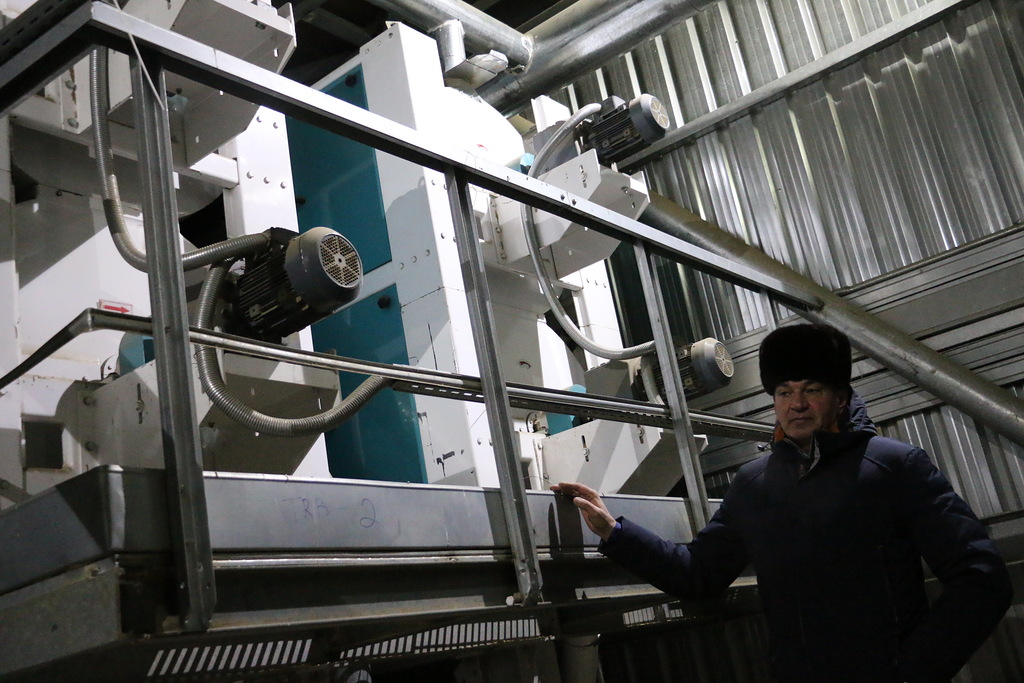
One more pride is a 6-meter tower for the grain clearing with ‘Petkus’ machines clearing 120-150 ton of grain per hour.
‘Everything inside the machines should be lubricated in time, the bucket conveyor should be strained in time – it is all engineer’s job. Before the grain clearing, we put the certain grids for barley, wheat, oil crops in the machines’, the hero of our report coverage says.
EXPENSIVE EQUIPMENT NOT FOR EVERYONE
It is time to dispatch: the clean and dry grain is transported in trucks or wagons in bulk or packed in sucks. The engineer leads us to the weighing and packing workshop: it is automated.
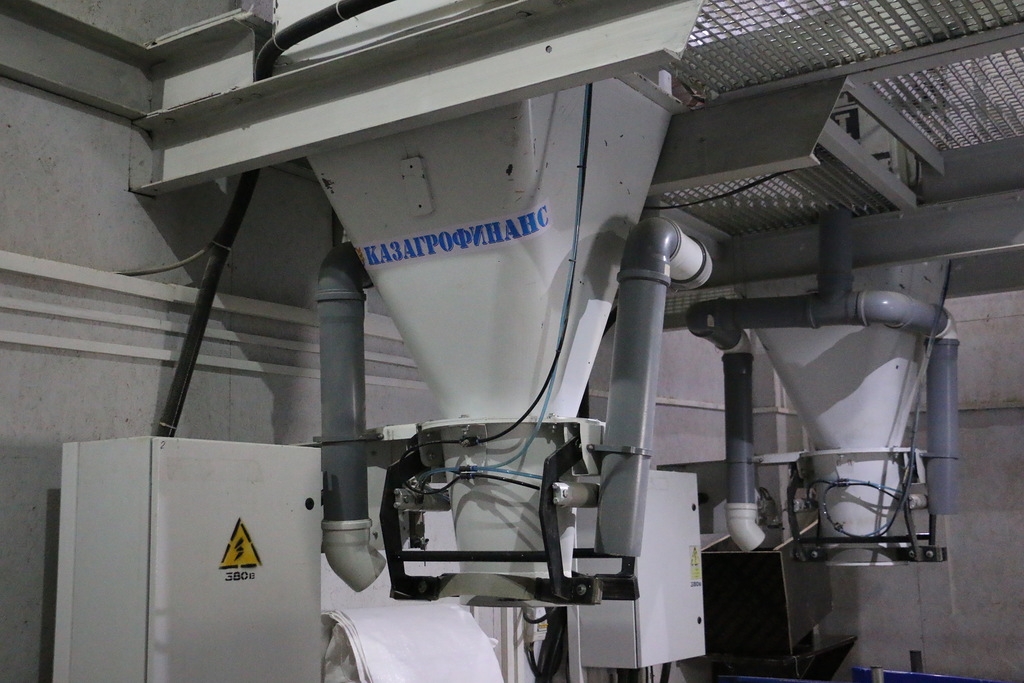
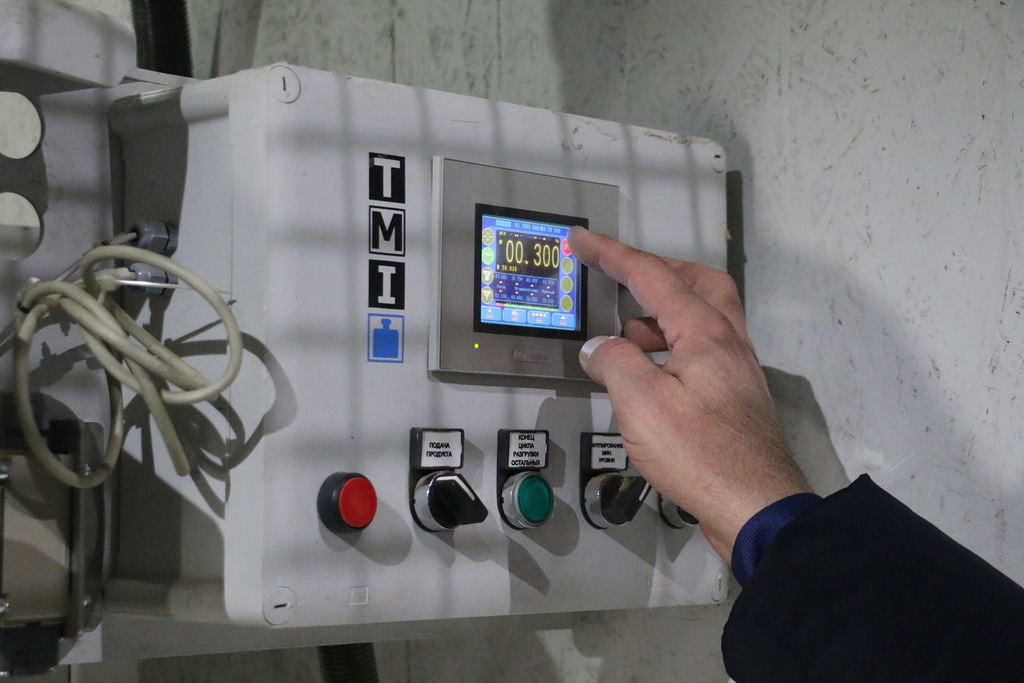
'Two operators are involved here: the wagon is loaded in 2 hours. When the wagon takes its way on the track, the computer clears its weight and calculates itself, how many sacks it put and what their weight is. It is the Spanish equipment. You cannot entrust the expensive equipment to everyone.
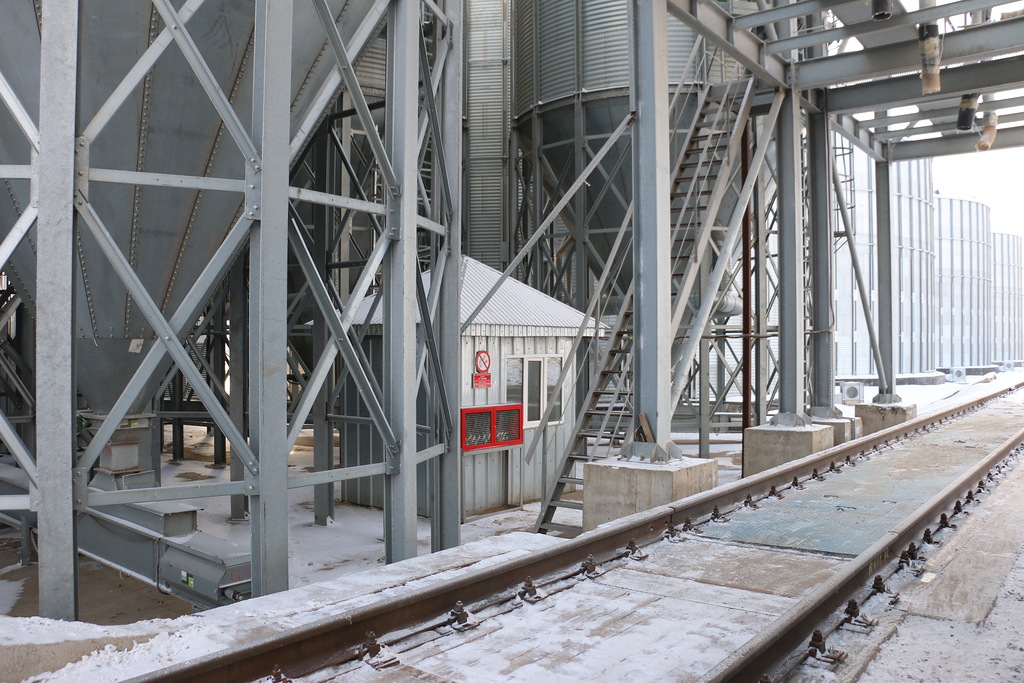
The worker should be trained and continuously supervised: how he does his job, how he puts sacks, how to improve his performance. Our second machine is 'delicate’ too: it applies the labels and stiches the sacks. Here I supervise the thread quality: the torn thread threatens the demurrage of the wagons’, Sergey Krivosheyev says.
Each day of the Chief Engineer ends with the office work: he gathers the data from each site, assesses the volumes, summarizes, specifies the errors and breakdowns.
He schedules the new day of the enterprise from the evening in order to continue the work on preservation of the ‘golden’ reserve for the Kazakhstani people.
